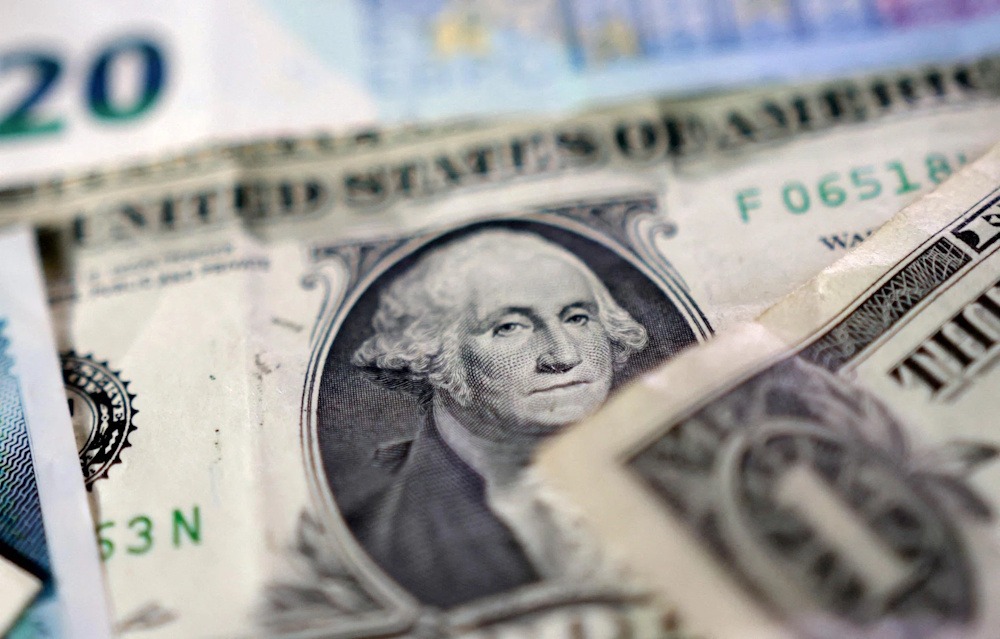
The yen experienced a decline on Thursday following the Bank of Japan’s decision to maintain interest rates at their current levels. Meanwhile, other currencies remained stable within narrow ranges as investors assessed the implications of a trade agreement between U.S. President Donald Trump and Chinese President Xi Jinping. Trump indicated that he had consented to reduce tariffs on China in return for Beijing reinstating U.S. soybean purchases, maintaining the flow of rare earths exports, and intensifying efforts against the illegal trade of fentanyl. However, the information available was limited, and China has provided minimal transparency. The BOJ held its policy rate steady at 0.5% as anticipated at the end of its two-day monetary policy meeting, while reiterating its commitment to raise borrowing costs should the economy align with its forecasts. Investors interpreted the decision as a prudent move by the BOJ, with only two policymakers advocating for a hike—consistent with September’s stance—highlighting the central bank’s measured approach to normalizing policy.
During a post-meeting press conference, BOJ Governor Kazuo Ueda provided minimal information regarding the timing of the central bank’s next potential rate increase. The situation exerted significant pressure on the yen, causing it to decline to an 8-1/2-month low of 153.89 per dollar. The Japanese currency experienced a decline, reaching an unprecedented low against the euro at 178.7, whereas sterling increased by 0.5% to 202.45 yen. “The market wasn’t expecting a hike anyway, but I think the market was kind of disappointed that the number of dissenters remained at two,” stated Sim Moh Siong. “A notable distinction exists between a Bank of Japan that remains prudent regarding rate hikes and a Federal Reserve that exercises caution concerning rate cuts.”
In the broader market, stocks exhibited volatility while currencies and bonds remained relatively stable as information gradually surfaced from the Trump-Xi meeting in South Korea. Recently, Trump has consistently emphasized the potential for an agreement with Xi aimed at reducing tensions. While the majority of investors perceived the outcome as favorable, a significant number maintained a cautious stance regarding the duration of the thaw in strained trade relations. Prior trade negotiations have exhibited encouraging beginnings, yet have encountered obstacles along the way. U.S. stocks concluded the trading session on Wednesday with mixed results: the Dow experienced a slight decline, the S&P 500 remained unchanged, and the Nasdaq recorded a gain of half a percent.
“The key takeaway is that China and the U.S. are likely the most significant strategic competitors of one another on the global stage.” It is unrealistic to anticipate the type of trade agreement that characterized the globalization era… “Any agreement will be unstable in nature, both sides could change,” stated Vincent Chan. The dollar relinquished some of its overnight gains, yet it continued to hover close to a two-week high against a basket of currencies at 99.10. The euro increased by 0.16% to $1.1618, following a decline of 0.43% in the prior session. Sterling remained near Wednesday’s 5-1/2-month low, with the latest exchange rate at $1.3197. The greenback experienced an uptick on Wednesday following hawkish remarks from Federal Reserve Chair Jerome Powell, who indicated that a policy divide within the central bank and insufficient data stemming from a federal government shutdown could render another rate cut unattainable this year. The Federal Reserve has reduced interest rates by 25 basis points as anticipated and announced the conclusion of its balance sheet drawdown effective December 1. The likelihood of the Fed implementing another quarter-point cut in December has decreased to approximately 68%, down from nearly full pricing prior to Wednesday’s decision. In other markets, the Australian dollar increased by 0.11% to $0.6582, and the Swiss franc showed slight strength at 0.7988 per dollar.
